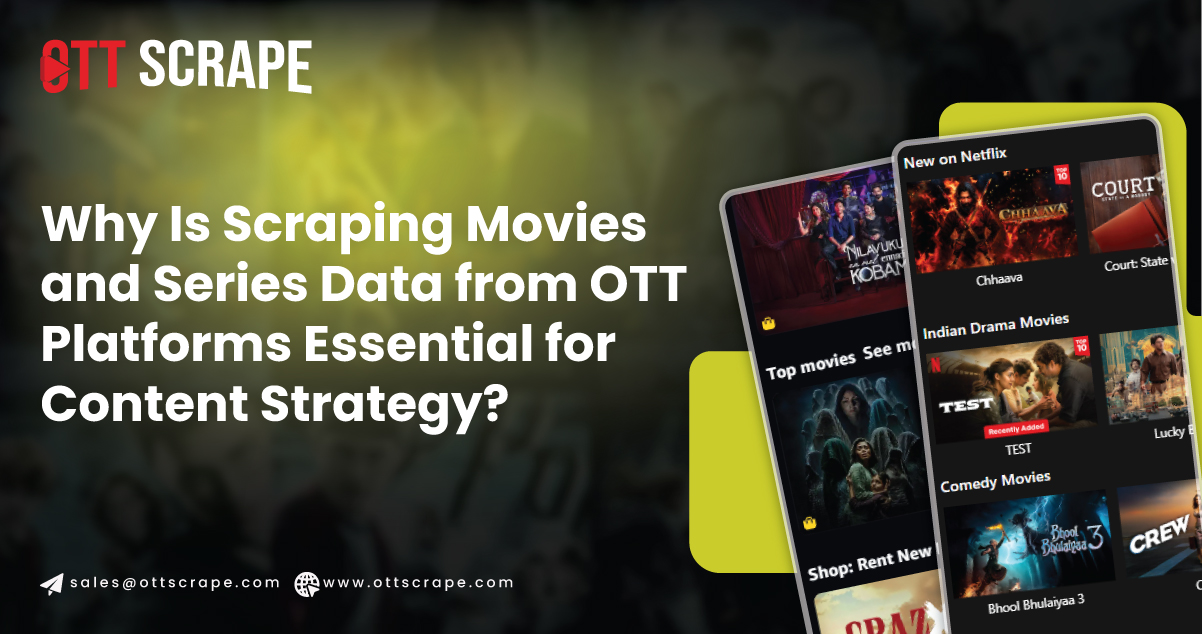
Introduction
Over-the-top (OTT) platforms have become the central hub for content consumption in today's digital-first entertainment era. From global giants like Netflix, Disney+, Amazon Prime Video, Hulu, and HBO Max to regional leaders such as Hotstar, Voot, and MX Player, these platforms continuously churn out massive volumes of movies and series. For entertainment analysts, marketers, production houses, and tech startups, tapping into this wealth of data offers a competitive advantage — and that's where Scraping Movies and Series Data from OTT Platforms enters the picture.
OTT Data Scraping has become a powerful strategy for gaining deep, actionable insights. With audiences scattered across demographics and genres, understanding their preferences, viewing habits, and engagement patterns is vital. Businesses can make better content decisions, enhance recommendations, and refine marketing campaigns by aggregating structured data from these platforms — including titles, release dates, genres, cast, ratings, synopsis, and viewership stats.
Through Movie Streaming Data Extraction, companies can analyze trends, track competitor content, and forecast future hits. In a market driven by content, timing, and personalization, leveraging this data isn't just bright — it's essential.
Why OTT Content Data is a Goldmine?
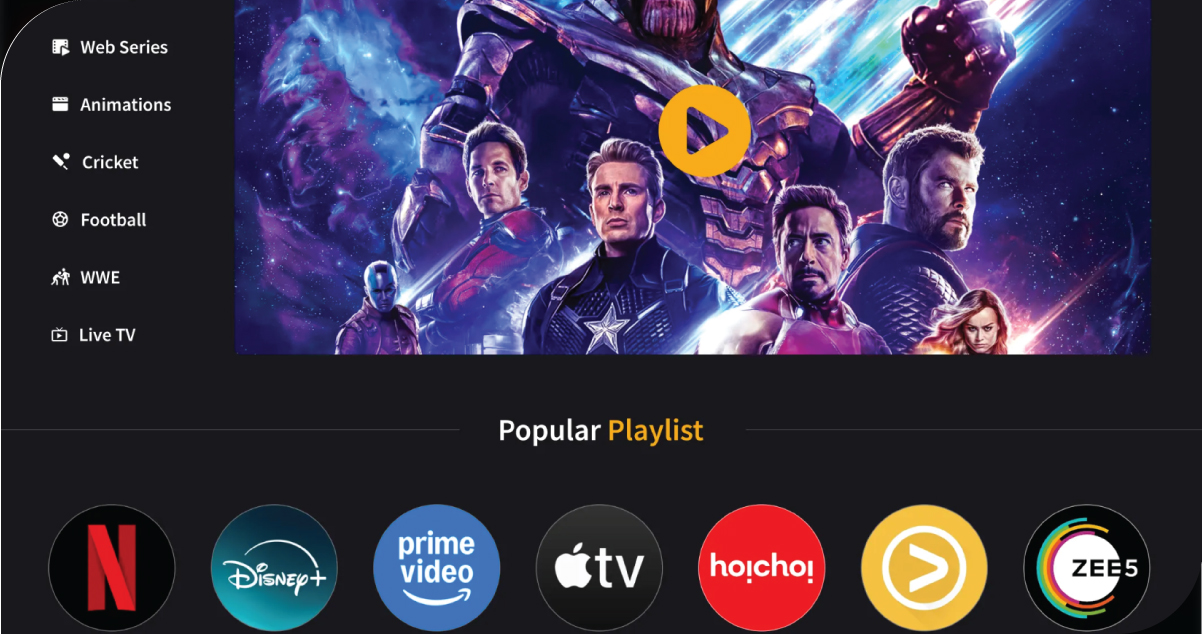
The explosion of OTT content has revolutionized the way audiences consume entertainment and the methods by which industry professionals analyze it. Every movie or TV series uploaded to a streaming service serves as a vital data point—contributing to a comprehensive story about audience preferences, content evolution, and digital interaction. The ability to Scrape OTT Platform Data effectively allows businesses and creators to unlock a wealth of insights that can inform high-level strategies across the entertainment ecosystem.
For content strategists, this trove of information provides actionable insights in several key areas:
- Identify Emerging Trends: Is there a growing fascination with Nordic noir thrillers or a renewed love for Korean romantic comedies? By employing Web Scraping TV Shows Data, analysts can spot genre-specific trends, tracking viewer interest spikes across multiple regions and demographics. This helps production studios tailor their content pipeline to match audience demand.
- Understand Popularity and Viewer Engagement Metrics: Access to external and internal rankings—such as IMDb scores, Rotten Tomatoes reviews, and OTT-specific viewer ratings—can reveal what content resonates most with audiences. Through Netflix Movie Scraping, for instance, strategists can monitor which titles dominate charts and gain insight into the formula for success.
- Analyze Release Models and Scheduling: By systematically gathering and examining release timelines—whether it's a binge-able full-season drop or weekly episodic content—professionals can detect which distribution strategies are most effective. This type of analysis, powered by Streaming Platform Data Scraping, allows platforms to replicate successful content delivery models.
- Benchmark Against Competitors: Knowing what kind of original or licensed content competitors invest in helps refine one's creative and strategic planning. Whether identifying genre gaps or analyzing top-performing titles, competitive intelligence through data scraping empowers smarter decision-making.
These insights are indispensable for OTT platforms and for a broader range of stakeholders—media buying agencies, content curation teams, talent acquisition managers, and developers of AI-driven recommendation engines. As the OTT landscape continues to evolve, leveraging the full potential of structured data through intelligent scraping methodologies will become a cornerstone of sustainable success in digital entertainment.
Use Cases of Scraped OTT Data
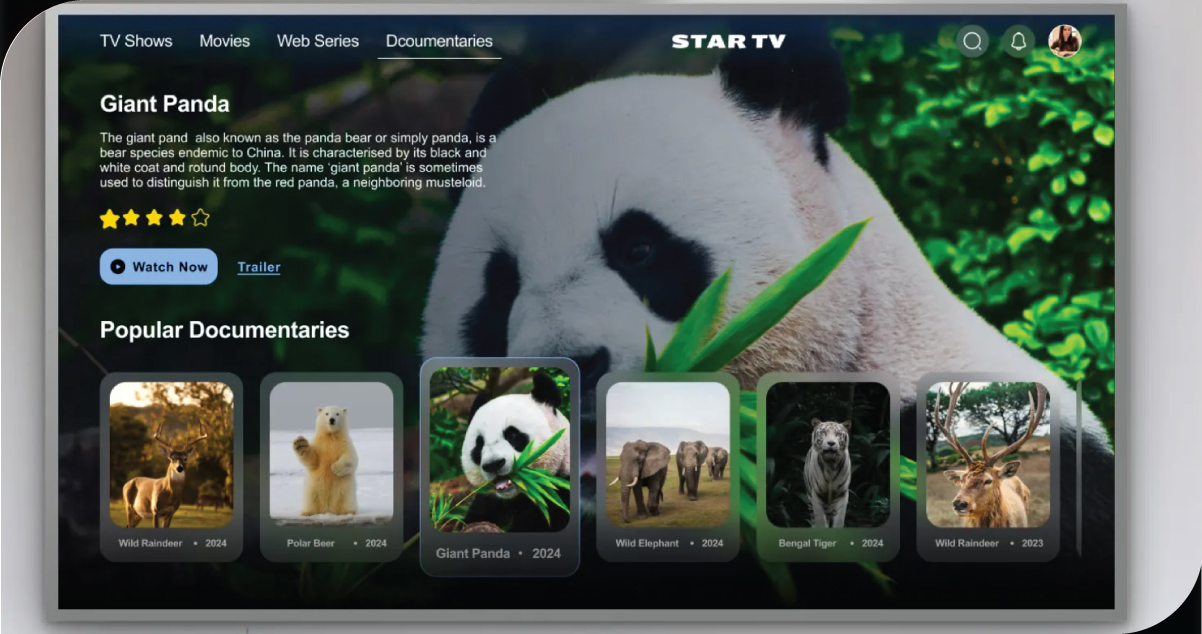
Scraped movies and series data open up a world of applications across various entertainment industry sectors and beyond. With the ever-growing content catalog on streaming services, the ability to Scrape OTT Movie Data effectively has become a game-changer for how businesses interact with and leverage digital media. Let's explore some of the most impactful use cases:
1. Content Recommendation Engines: Machine learning algorithms thrive on structured and labeled datasets. Companies can build intelligent recommendation engines by Scraping OTT TV Shows and Movies Data—including genres, user reviews, durations, languages, and keywords. These engines deliver highly personalized suggestions, improving user retention and boosting platform engagement metrics.
2. Market Research and Audience Analysis: Studios and production houses constantly scout emerging trends and niche markets. By Extracting Streaming Movie Data, researchers can detect rising genres—like sci-fi anthologies or true crime docuseries—and align content strategies with current audience preferences. This empowers smarter investments in storytelling and script development.
3. Content Licensing and Acquisition: Accurate and real-time data is crucial when distributors and content aggregators make licensing decisions. Businesses can maximize ROI through continuous monitoring of what's trending and what's receiving critical acclaim. Integrating an OTT Movie and TV Show Data API provides a steady stream of actionable insights to inform those choices.
4. Performance Evaluation of Originals: OTT platforms spend millions on original content. Platforms can evaluate how originals perform compared to syndicated content through review, rating, and engagement data scraping. This neutral and data-driven lens helps shape future investments. TV Series OTT Data Scraping offers a detailed analysis of what worked, what didn't, and why.
5. Genre-Wise Performance Insights: Breaking down content by genre and subgenre helps discover which formats perform best regionally and globally. For example, historical dramas may dominate in one market while supernatural thrillers rise in another. Tracking seasonal popularity cycles optimizes content calendars and release strategies for maximum impact.
6. Influencer and Actor Impact Analysis: The cast and crew behind a production can significantly influence its success. By scraping credit data and correlating it with viewer ratings, platforms can evaluate the pull of individual actors, directors, and producers. Talent agencies can also use this data to assess market value and pitch more effectively.
7. Metadata Enrichment for Aggregator Apps: OTT aggregators and smart TV interfaces require detailed metadata to improve search and user experience. Scraped information—like trailers, parental guidance, high-res posters, awards, and episode runtimes—enriches content presentation. When platforms Scrape OTT Movie Data efficiently, they offer users a more seamless and intuitive interface.
Data scraping provides a powerful lens to understand the ever-changing OTT landscape, helping stakeholders across the entertainment value chain make faster, smarter, and more informed decisions.
Regional vs Global OTT Content Analysis
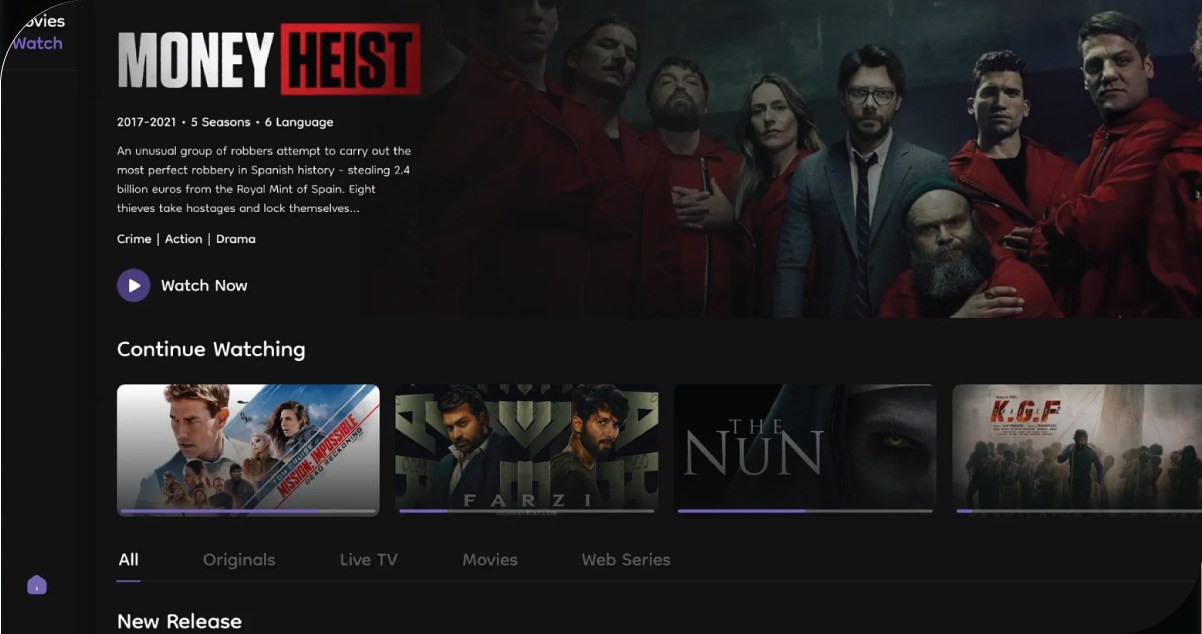
One fascinating application of OTT data scraping is comparing global and local content. For example, how do Indian regional-language series fare on Hotstar compared to international shows on Netflix India? How popular are French indie films or Korean dramas globally?
By collecting and analyzing this data, insights can be drawn about content localization, dubbing effectiveness, subtitle penetration, and regional content exportability. It enables platforms to decide whether to invest in original local content or acquire foreign-language dubs to serve niche audiences.
Trendspotting and Forecasting Future Hits
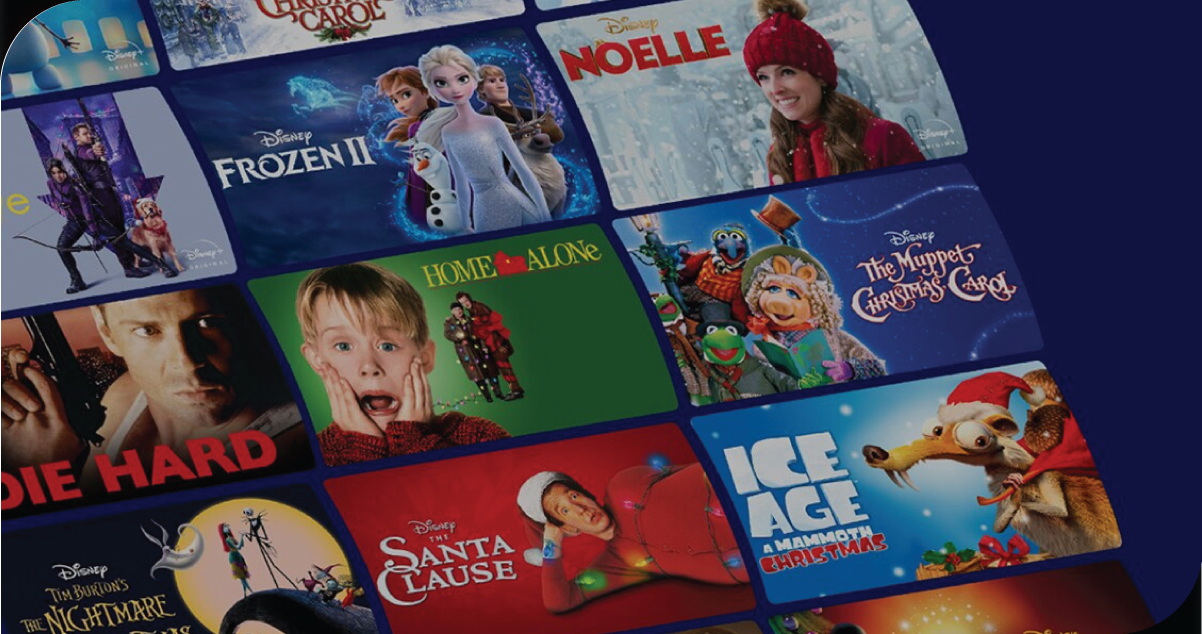
With the right datasets, forecasting future hits becomes more than just guesswork. Analyzing recurring patterns, such as seasonal interest in romantic dramas or holiday family movies, allows platforms to schedule releases more strategically. Further, identifying keywords and story arcs associated with viral titles helps create content that aligns with the zeitgeist.
OTT content data scraping also enables early detection of breakout shows. For instance, if a lesser-known series gains sudden traction in social media mentions or user reviews, it can be promoted more heavily or licensed by other platforms seeking trending content.
Enhancing Viewer Experience with Data
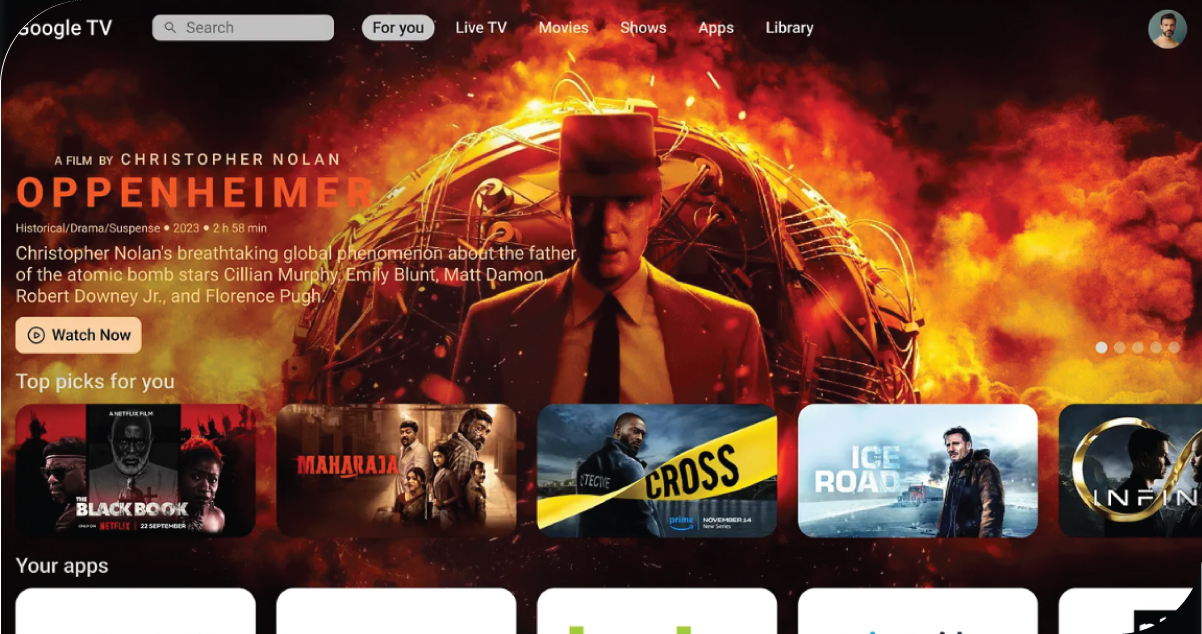
On the consumer side, scraped OTT data can vastly improve the viewing journey. Third-party platforms can use this data to:
- Create unified watchlists across services: Seamlessly combine content from multiple streaming platforms into a single, user-friendly watchlist for easier access and planning.
- Provide unbiased aggregated reviews: Offer a well-rounded perspective by pulling ratings and critiques from various sources, helping users make informed viewing decisions.
- Highlight best-rated new releases daily: Surface top-performing content based on real-time ratings and reviews to keep users up to date with what’s trending.
- Recommend under-the-radar gems based on unique criteria: Suggest lesser-known titles filtered by personalized themes like 90s nostalgia, movies under 90 minutes, or female-led series.
This level of customization and utility is only possible with rich, continuously updated scraped data.
Fueling AI and NLP Innovations

Natural Language Processing (NLP) models are increasingly applied to movie and series descriptions, reviews, and metadata. Scraped content provides the corpus needed to train these models. For instance, sentiment analysis on reviews helps rate emotional impact. Title and synopsis analysis can help auto-generate genres, taglines, or plot summaries. AI-generated voiceovers or subtitles can also benefit from such datasets.
Furthermore, scraped dialogues and closed captions help train speech-to-text and translation engines, improving accessibility tools across OTT platforms.
Data-Driven Content Development
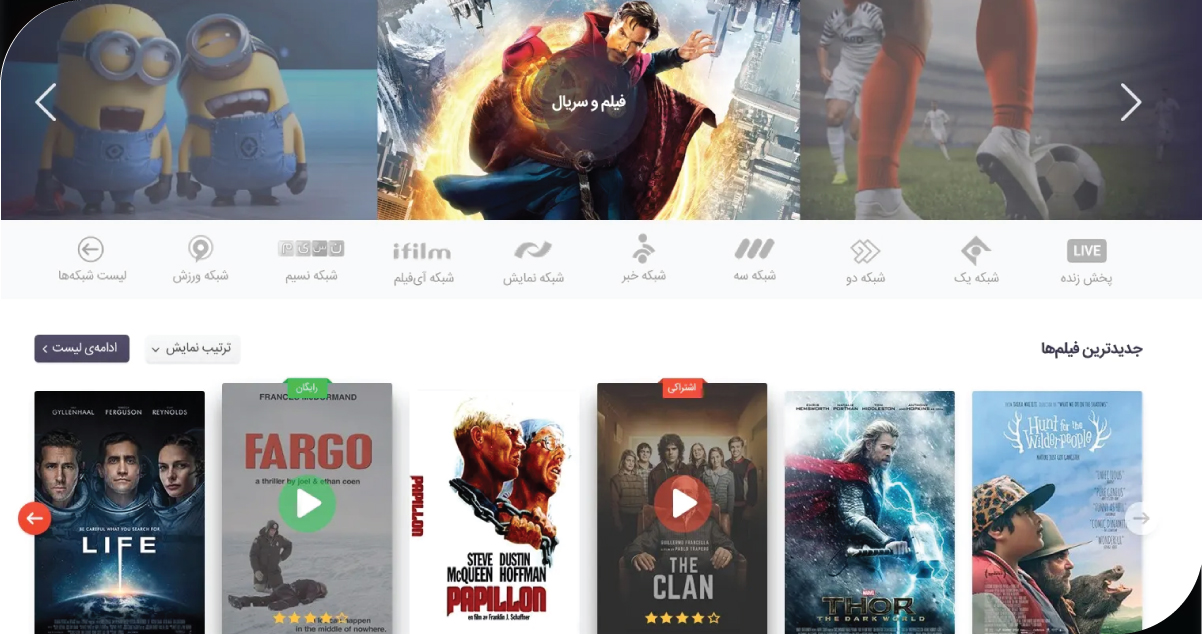
In a content-saturated world, originality and audience resonance are the two pillars of success. Scraped OTT data reveals what themes, settings, characters, and formats are overused — and which are gaining interest. Scriptwriters, showrunners, and producers can use this intelligence to craft stories that break molds and cater to actual demand.
Imagine creating a show backed by insights that suggest a rising interest in female-led courtroom dramas set in futuristic India. This is not fiction — this is what data-driven storytelling looks like.
Enabling Strategic Business Decisions
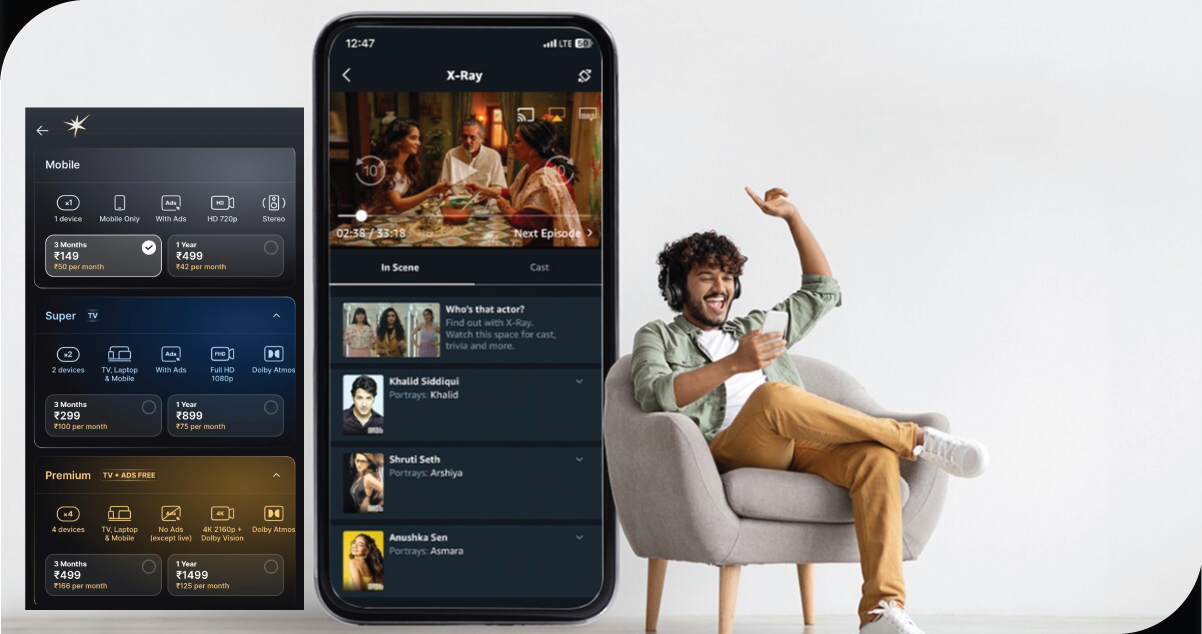
Beyond content, OTT scraping supports strategic decisions across marketing, pricing, and distribution. For instance:
- Scraping subscription prices, content tiers, and regional availability: Can help in pricing strategies by comparing offerings across platforms and understanding regional market differences.
- Analyzing promotional patterns (banner placement, trailers): Gives clues on what platforms are betting big on, helping competitors or marketers prioritize similar content or campaigns.
- Monitoring user reviews and sentiment post-release: Can inform damage control or support expansion plans by revealing audience reactions, potential issues, or breakout successes early on.
When combined with scraped movie and series data, these insights create a 360-degree view of the OTT content ecosystem.
How OTT Scrape Can Help You?
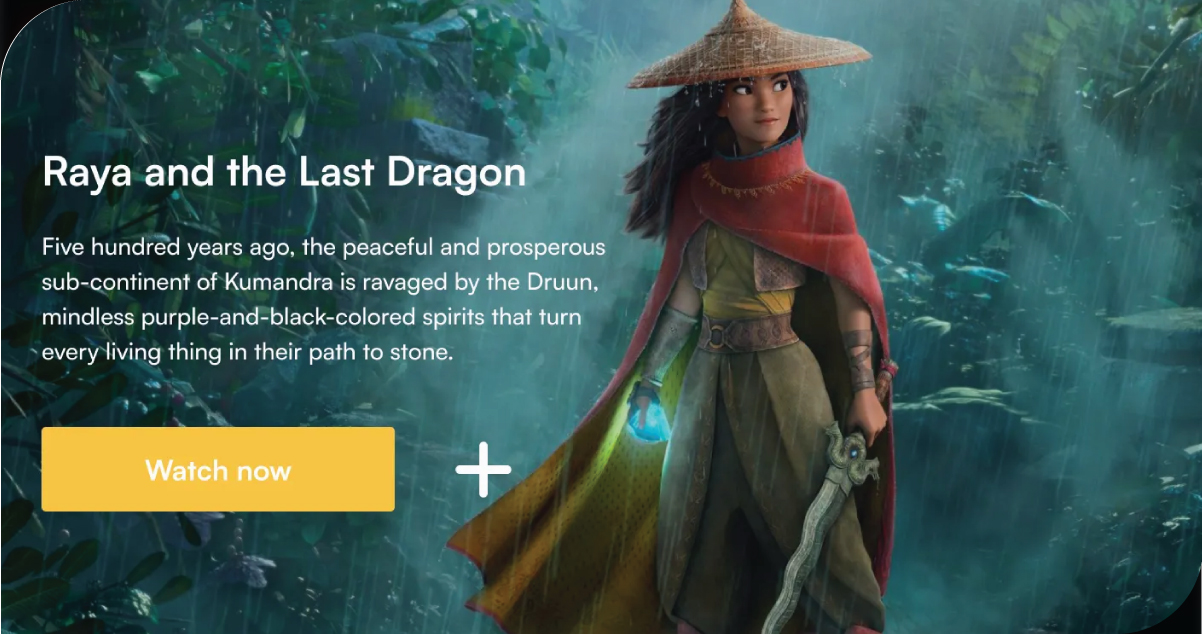
1. Comprehensive Content Insights: We extract detailed data, such as titles, genres, cast, ratings, reviews, and release schedules, from multiple OTT platforms, helping businesses understand content trends and audience preferences in real-time.
2. Improved Personalization & Recommendations: By collecting structured metadata, our services support AI/ML systems in building highly personalized recommendation engines, enhancing user engagement and retention across streaming platforms and apps.
3. Competitor and Market Intelligence: Stay ahead by continuously monitoring content performance across platforms like Netflix, Disney+, Hulu, and regional players. Our tools enable benchmarking and trend analysis for smarter strategic planning.
4. Boosted Licensing and Acquisition Decisions: With timely and accurate data on what's trending and performing well, content distributors and aggregators can make informed decisions on which titles to license or acquire for maximum ROI.
5. Metadata Enrichment for Enhanced UX: We deliver enriched metadata—including high-res images, trailers, awards, episode durations, and tags—powering better content discovery, improved search functionality, and a seamless user interface for OTT apps and aggregators.
Final Thoughts
The OTT revolution has unlocked limitless access to movies and series and vast datasets waiting to be explored. Scraping this content-rich information fuels smarter content strategies, better user experiences, and more precise business decisions. As competition intensifies among streaming platforms, the ability to extract and analyze this data becomes a decisive factor in who wins the digital entertainment race.
From genre popularity and actor impact to regional success stories and AI-driven forecasts, the applications of scraped OTT data are as limitless as the content libraries. For those ready to harness this potential, the future of entertainment analytics is already here — driven not by intuition but by information.
Embrace the potential of OTT Scrape to unlock these insights and stay ahead in the competitive world of streaming!
